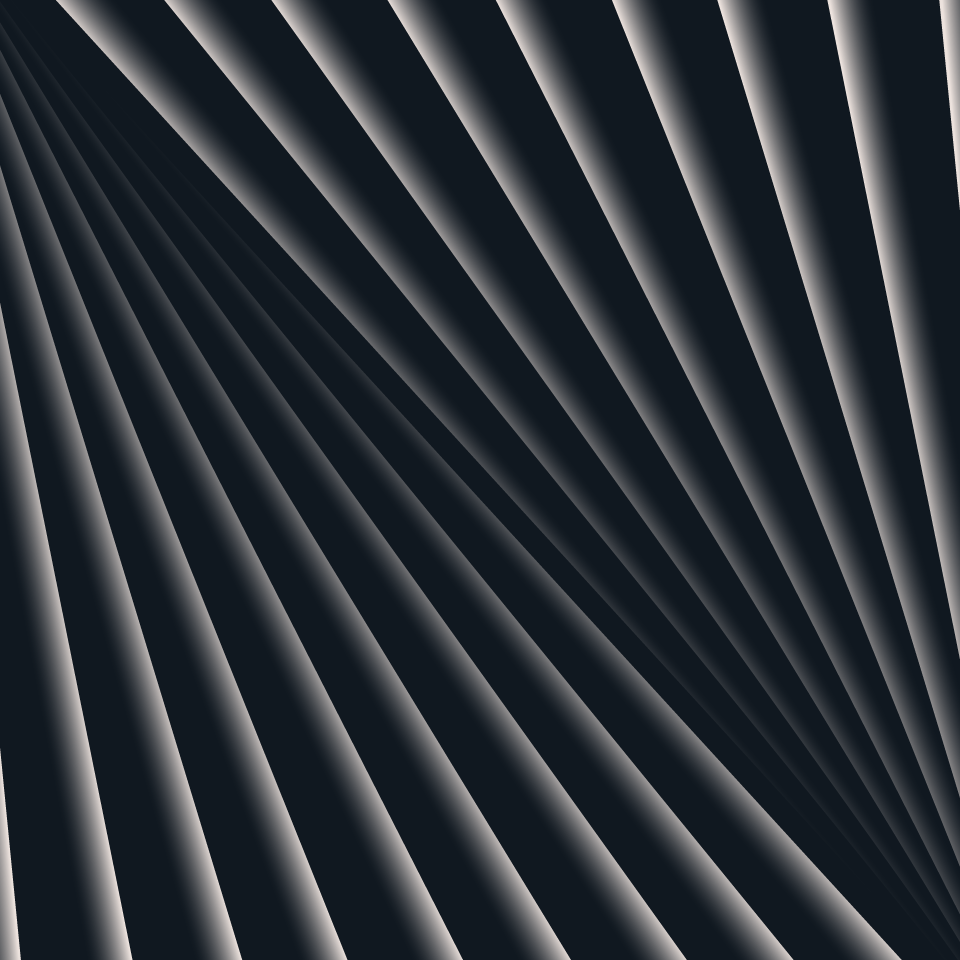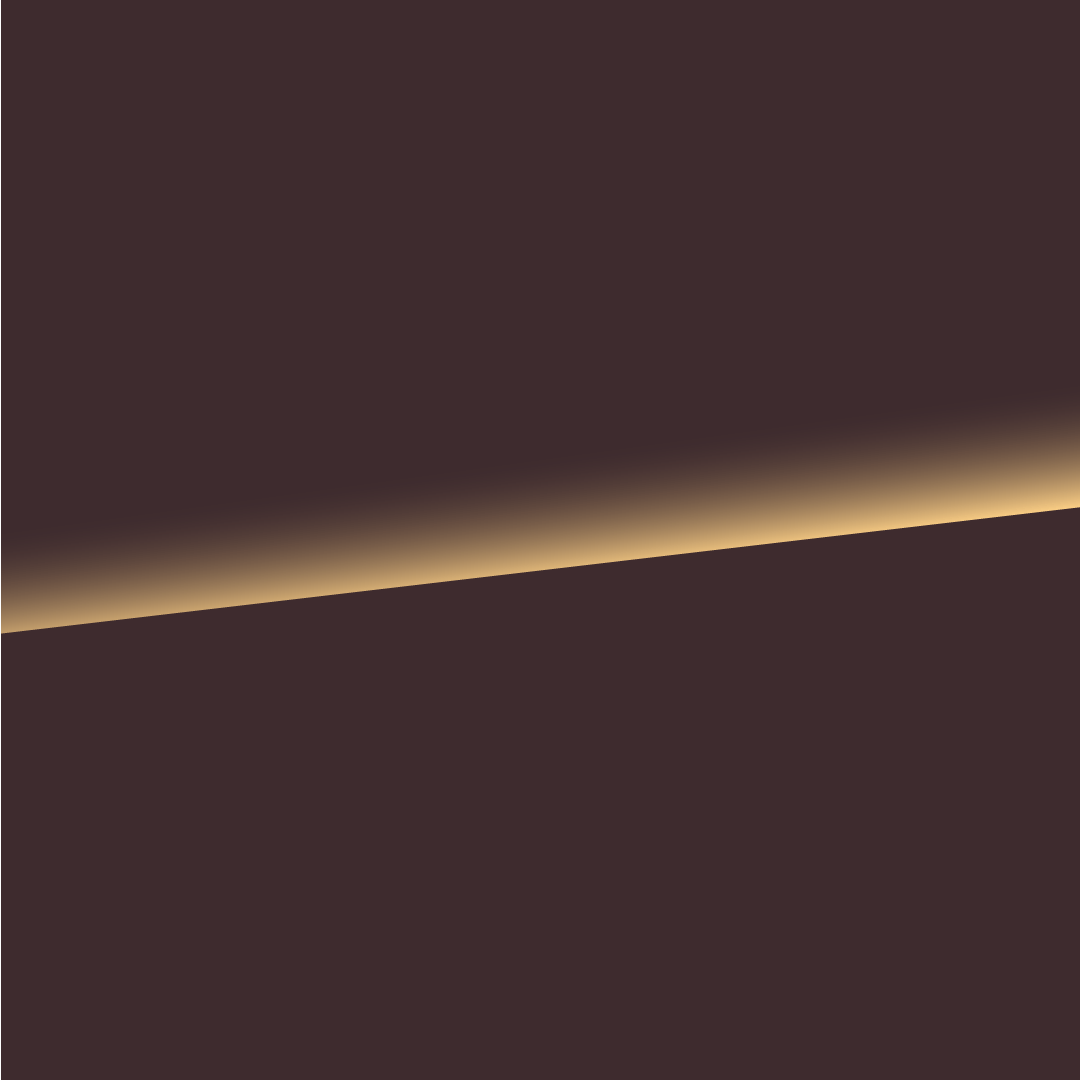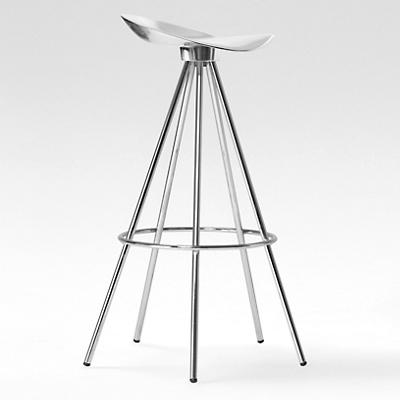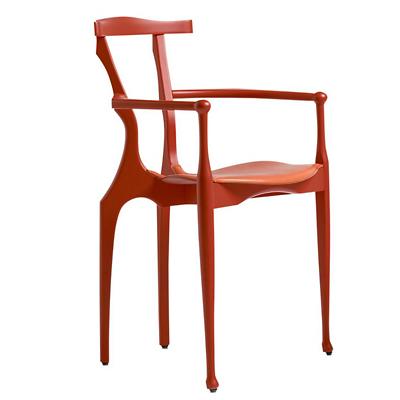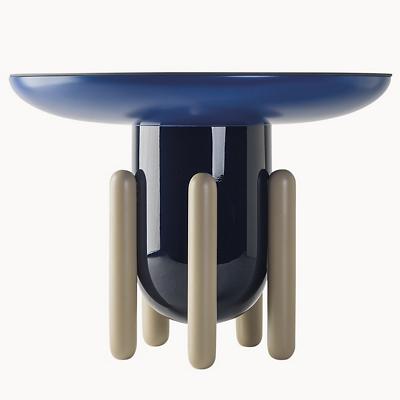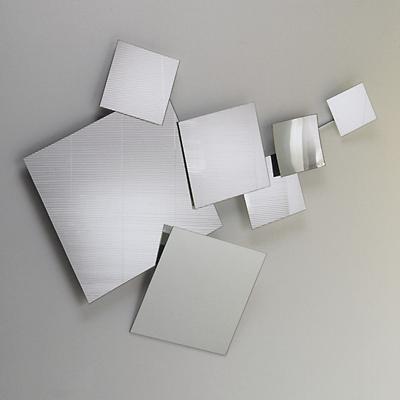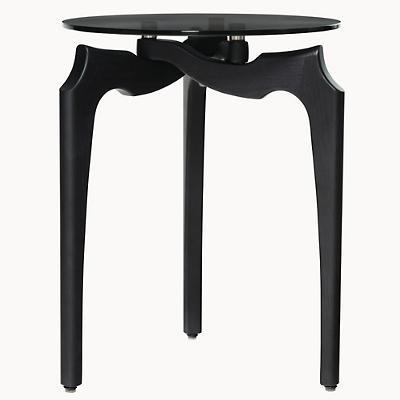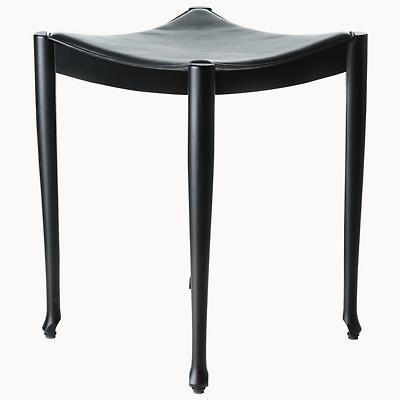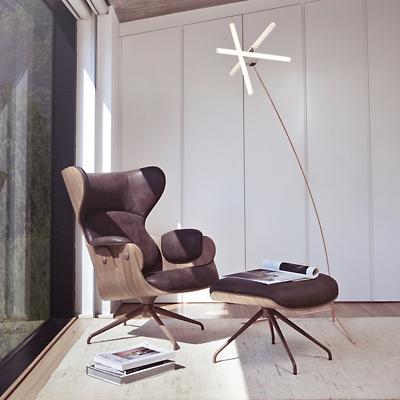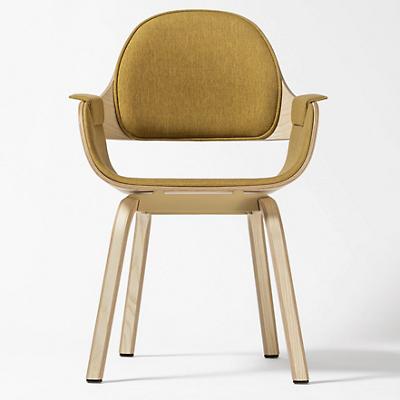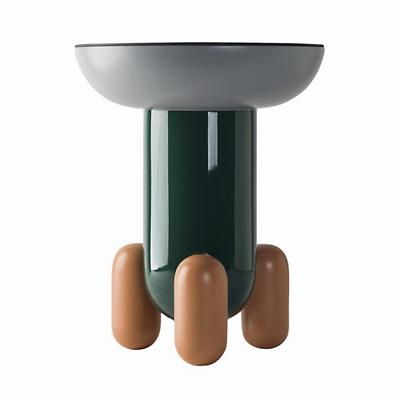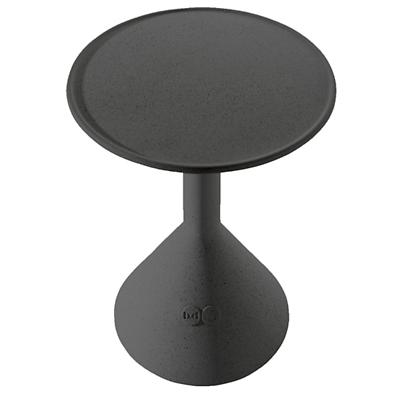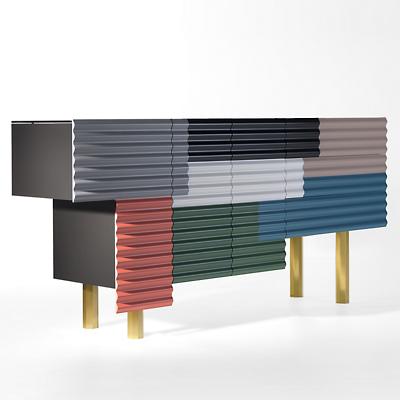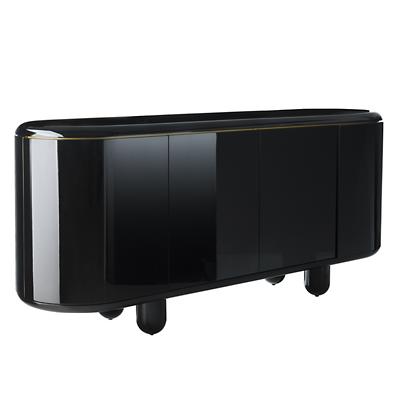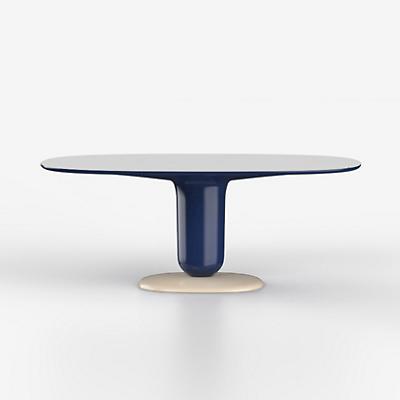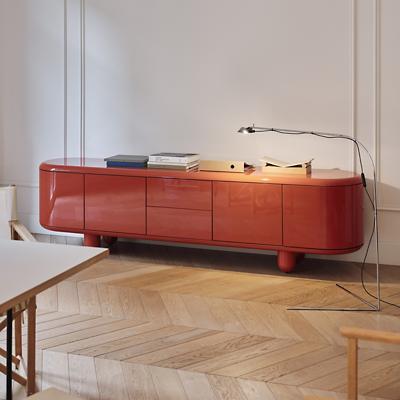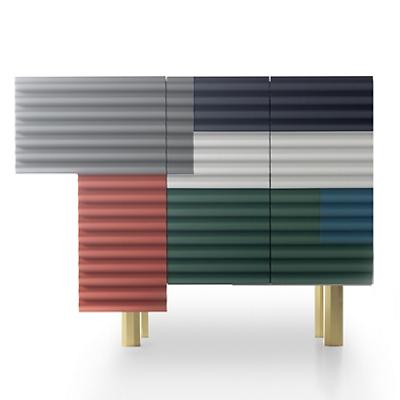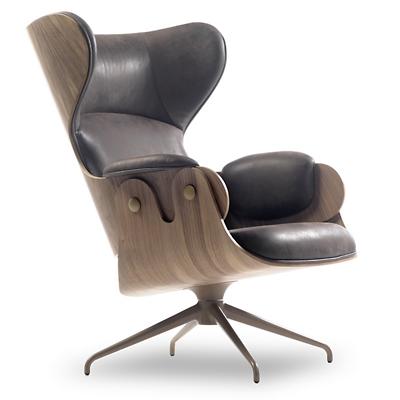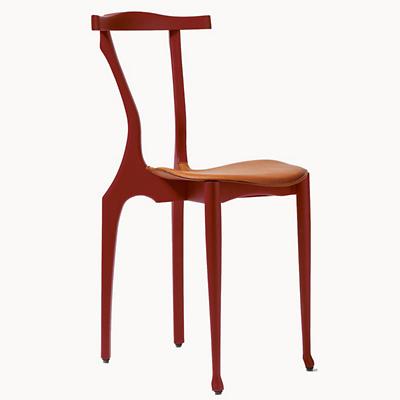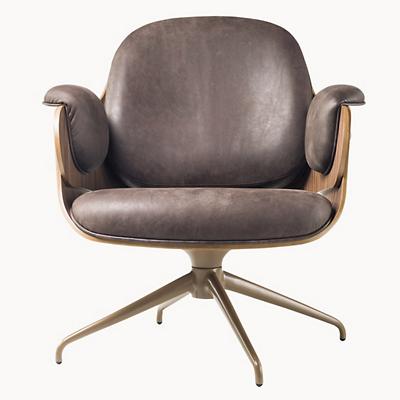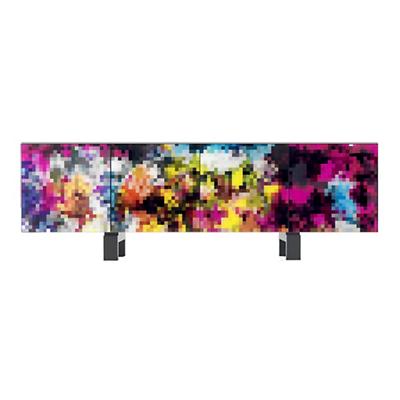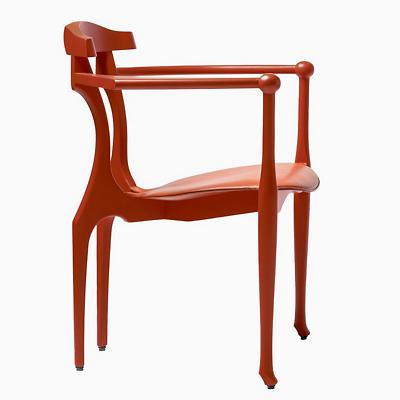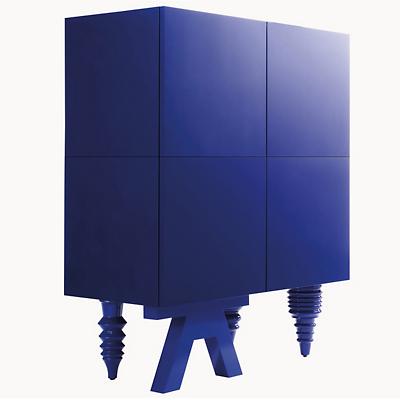-
Color$1,032 - $1,376Color$2,323Color$2,776 - $3,630$3,286$1,708Color$21,544 - $28,944$1,589Color$3,105$2,507Color$2,630 - $2,776Color$1,032 - $1,120Color$17,155Color$16,684 - $22,857Color$9,311$2,585 - $3,450Color$10,743Color$15,537 - $20,767Color$9,305Color$9,173Color$1,936Color$6,672 - $7,108Color$14,417 - $21,935Color$3,227Color$11,875
Cat ID : 10139
BD Barcelona
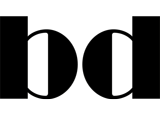
Founded in 1972 by a group of architects and designers, BD Barcelona is a Spanish furniture design company. BD Barcelona offers a collection of furniture that taps into all corners of the founders’ imagination. This eclectic collection continues to be a hallmark of the company. Each piece combines artisan processes with industrial technologies while avoiding mass production. BC Barcelona designs are present in over 60 countries in spaces such as design shops and art galleries and have been recognized with multiple awards, including the National Design Award in 1989, the European Community Design Prize in 1990 and the Red Dot Design Award Best of the Best in 2011.

43 Results
43 Results
Filter
Filter Results

